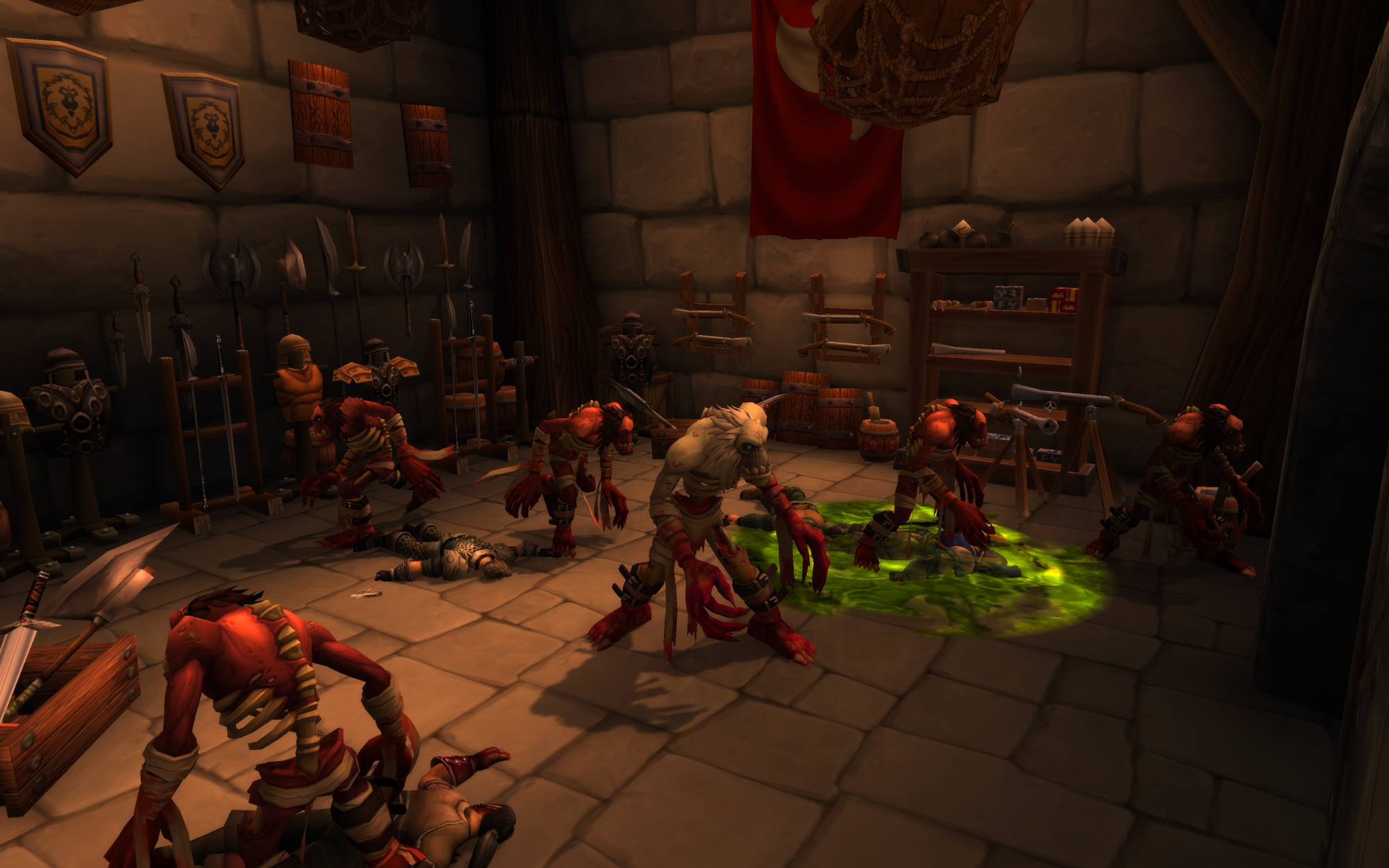
HomePod Mini First Impressions
My HomePod arrived this morning, so I thought I'd give my first impressions of it. I've had an original HomePod for quite some time, and I love it, but I did always think I'd like a smaller one in my office. That's why I ordered a Mini as soon as it was available.
Turns out, it was a pretty good decision too. Because for £99, I think the HomePod Mini is much more value for money than the £279 HomePod. I'm not saying the HomePod isn't worth that amount of money, but instead, I think the Mini is so cheap for what it is.
Obviously, the main part of the HomePod is what it sounds like. The original HomePod has an incredible set of speakers and can be pretty loud. With that in mind, I was expecting a speaker the size of the Mini would sound drastically different. I mean, still Apple quality, but noticeably worse than the bigger variant. However, they're a lot closer than I imagined.
The HomePod has an expected much higher level of bass, but the Mini still has a decent amount. I've complained in the past that the HomePod has too much bass, so I wasn't going to complain if there was a little less. It can also be pretty loud. I have it around 50% right now and it's certainly enough. I had them working together at one point, and it was amazing, so I'll probably end up getting another Mini at some point.
I tried sending music between the Mini and my iPhone 12 a few times, and it's definitely faster than before. But I have to be honest and say that it wasn't as fast as I've seen in reviews, so maybe I need to find the sweet spot?
One side-note I have about the Mini is that the cable it comes with is what all future Apple cables should be made out of. It's a braided cable, similar to the bigger HomePod, but the thickness of a typical cable.
While the HomePod will always have the size advantage over the Mini, the difference in sound quality doesn't seem to match the difference in size. The Mini is a great speaker. I think that this is the product that will Apple to compete with other devices from Amazon and Google. I don't think that they will ever match the price points or ubiquity of either two, but I can imagine a lot more people are going to be thinking about a HomePod now.


